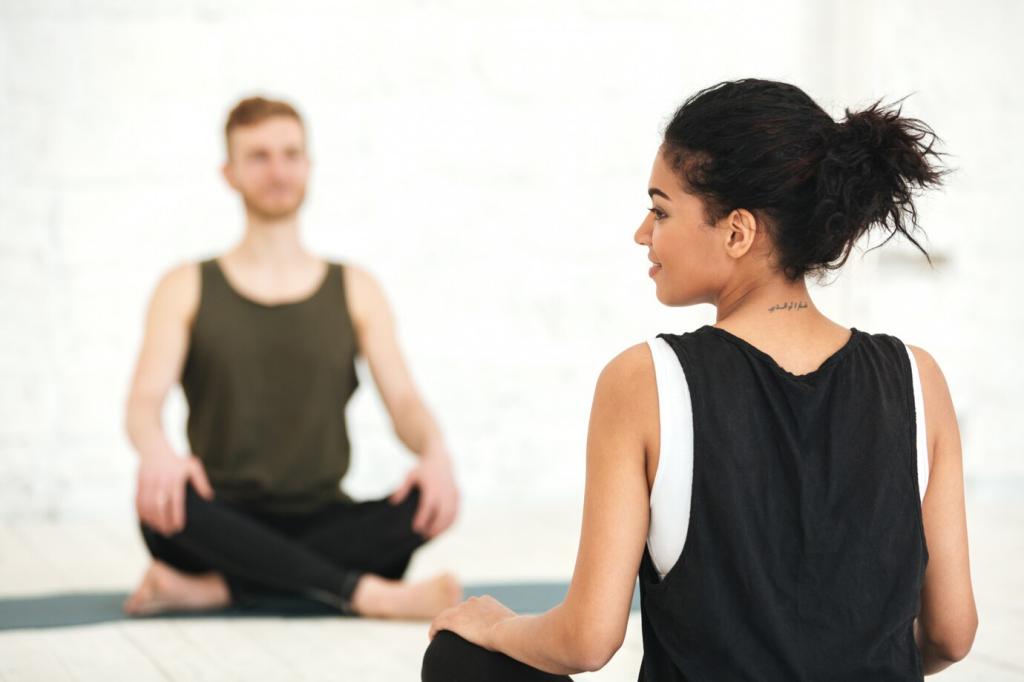Start Here: The Basics of Chakra Meditation
Chosen theme: The Basics of Chakra Meditation. Welcome to a calm, beginner-friendly doorway into chakra practice—clear explanations, gentle routines, and real-life stories to help you feel grounded, focused, and uplifted. Subscribe and journey with us as we build a steady, meaningful practice together.

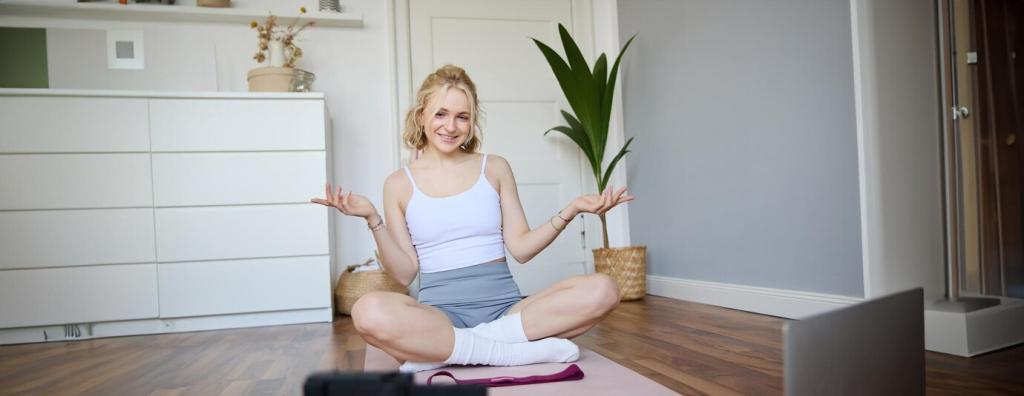
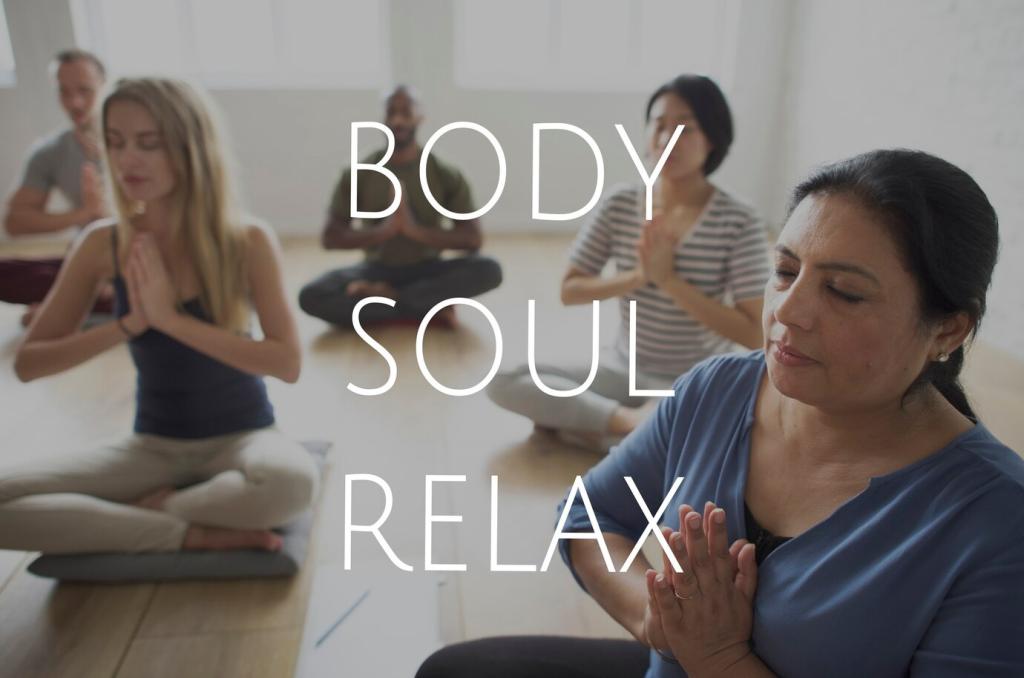
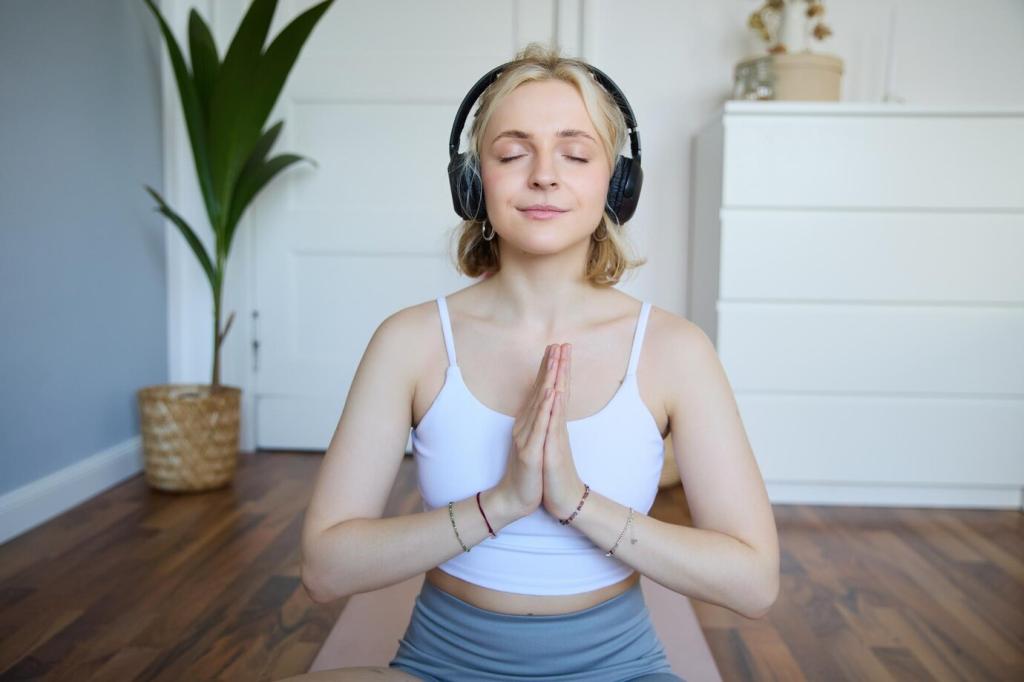

Preparing for Practice: Breath, Posture, Intention
Choose an easy inhale through the nose and a slow, longer exhale. Let the breath be smooth, not forced. This calms the nervous system and prepares attention for each chakra. Try five rounds now and comment how your mood shifts from the first to the fifth breath.
Preparing for Practice: Breath, Posture, Intention
Sit on a cushion or chair, feet grounded, spine tall yet soft, shoulders easy. Comfort comes first, so you’ll stay present without fidgeting. A light lift at the crown supports alertness. Snap a photo of your setup and share what makes your corner feel peaceful.
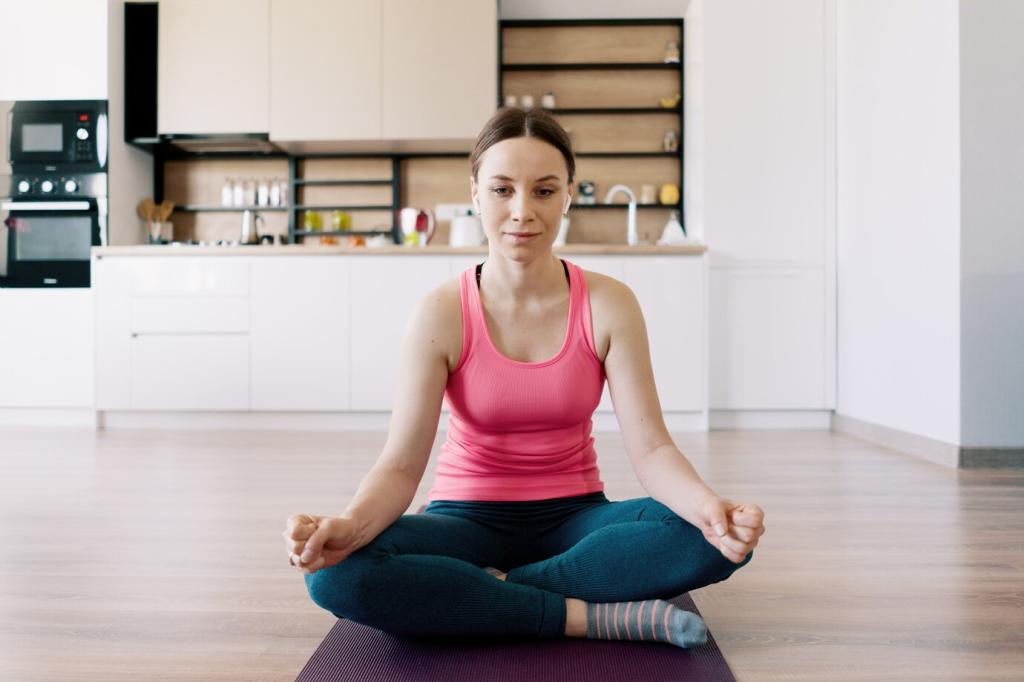
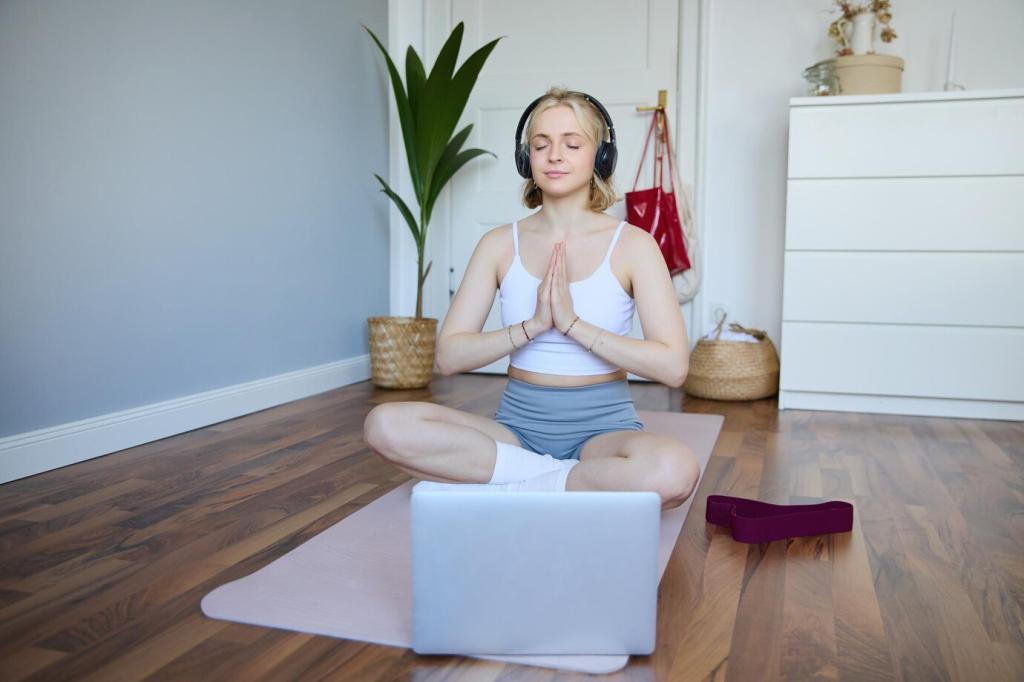
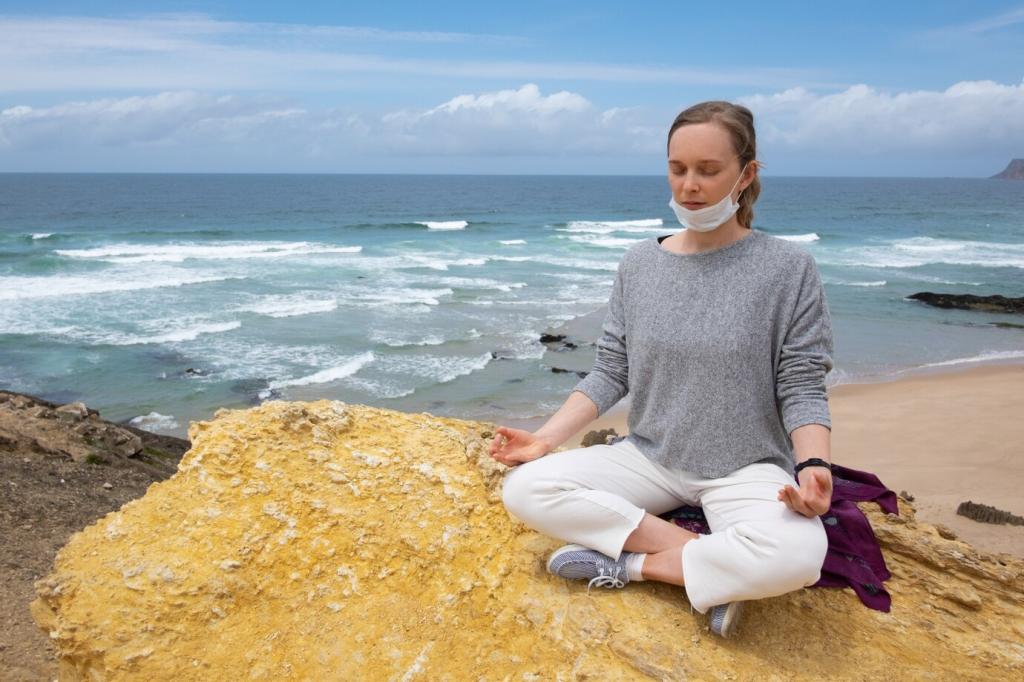
A 10‑Minute Beginner Routine
Minutes 0–2: Arrival and Grounding
Sit comfortably, feel your seat and feet, breathe slowly. On each exhale, imagine settling into the earth. Whisper your intention word. If your mind races, smile gently and return to the soles of your feet. Post below how this two-minute reset feels in your body.
Minutes 3–6: Simple Chakra Sweep
Travel attention from base of spine to crown. At each center, breathe, picture its color, and name its quality once. Keep moving, light and curious. If a spot feels tense, give it one extra breath. Try this now and share which center surprised you the most.
Minutes 7–10: Rest, Journal, Integrate
Let attention widen. Notice any warmth, ease, or clarity without chasing it. Write two lines: what you sensed and one kind action you’ll take today. Consistency beats intensity. Subscribe for a printable checklist and tag us with your reflections to encourage fellow beginners.
Common Misconceptions and Safe Practice
Many feel subtle shifts, not dramatic waves. Tingling, warmth, or a small sigh can be meaningful. No sensations today? Still progress. Skill builds quietly with repetition. Share a tiny, easily missed sign of calm you noticed—someone else might need exactly that encouragement.
Common Misconceptions and Safe Practice
Busy minds are normal. Practice is noticing and returning, not erasing thoughts. Each return strengthens attention, like reps in the gym. Celebrate the return itself. Comment with a compassionate phrase you’ll use when distracted, and pin it where you meditate.
Common Misconceptions and Safe Practice
If anxiety spikes, you feel dizzy, or memories become overwhelming, open your eyes, ground through the feet, and shorten the session. Consult a healthcare professional when needed; meditation complements care but doesn’t replace it. Let the community know what grounding tricks work best for you.
